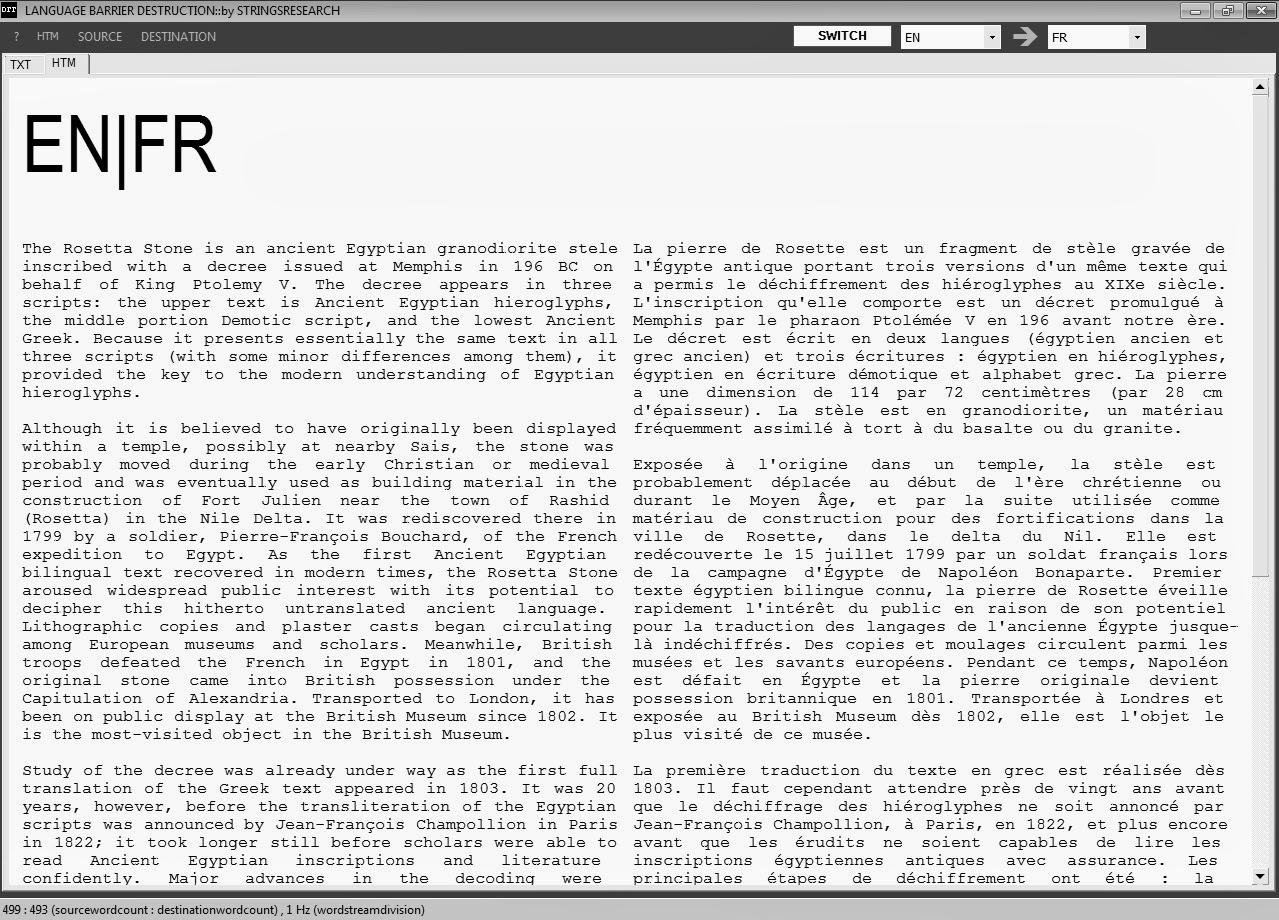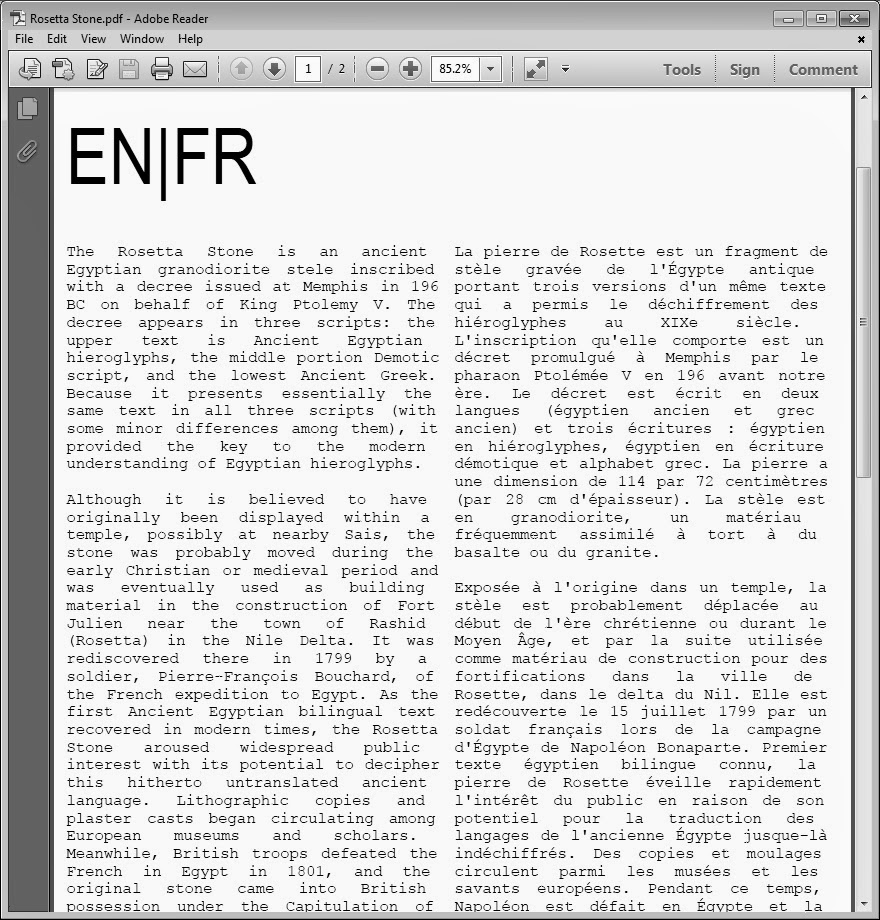... many proto-European languages have grammar cases which are absent from the English language. The number of cases that exist in the lexicon depend on the language. For example, in German the ending of a word changes based on how it's used in a sentence. These language nuances are captured by word-counting algorithms as long as the input text is of good quality (grammatically correct). A word-counting reading algorithm associates the low-frequency words in each .-ended sentence.
association dictionary
An association dictionary is a collection of single sentence term associations without the interstitial grammar.
ASSOC1|ASSOC2|ASSOC3
It may be useful to publish a collection of associations for language learners so that they may know what terms are associated in the destination lexicon.
text processing
http://de639-1.blogspot.com/2016/09/nl-wikipedia-text-tweedehands-2nd-hand.html
... an example of text processing using STRINGSRESEARCH software at above url. IQ processing indicates the number of times each word appears in a text of any language. For words that appear uniquely or only once in the text the numberal 1 is omitted and these words are not tagged. All other words are tagged by their frequency in the text.
... words which appear only once in the text are important because they form associations that a native speaker would make when reading the text. The associations can be shown by silhouetting the other higher-frequency words of the text.
numbers
... in a text are replaced by number sign (#) for text processing. This is so that numbers can be converted to word form. The placement of a single number (#), double number (##) and triple number (###) etc. can be analysed within a text of any language provided the numbers are in arabic form (123456...).
intellectual quotient
lexical fluicization
.turned.htm file opened in firefox
PDFed file created using software
margins set at zero to make full use of e-space; for physical printing suggested that margins be non-zero; e-documents not meant to be printed don't require non-zero margins
order quotient
… not to be confused with word-stream tagging which is used for turning a language from source to destination.
…interesting concept: tagging all a person's electronic words from the time they are born. Each written word can then be referenced by number. How many words has a person written by the end of their life-time ? In what language is each word ?





